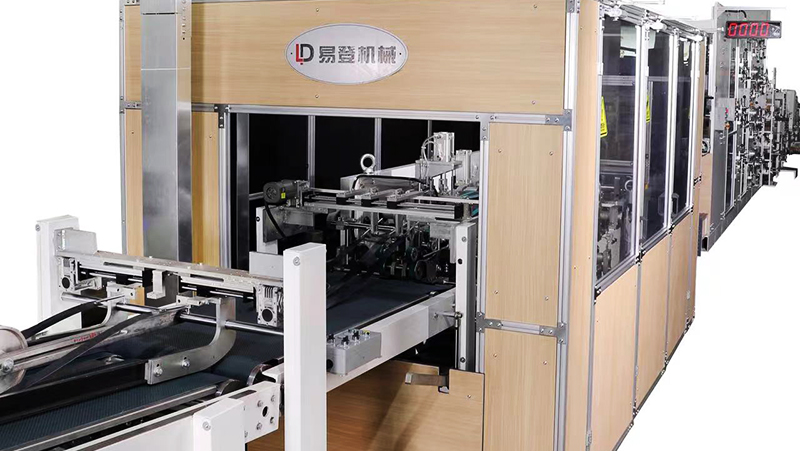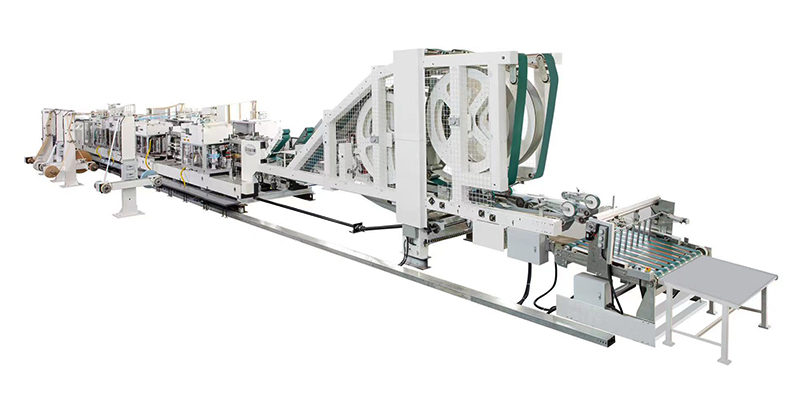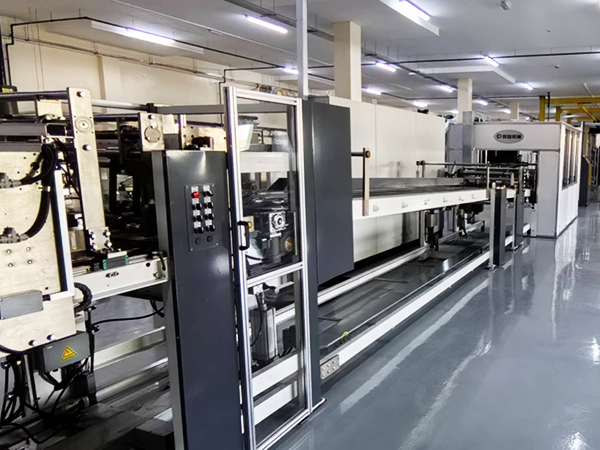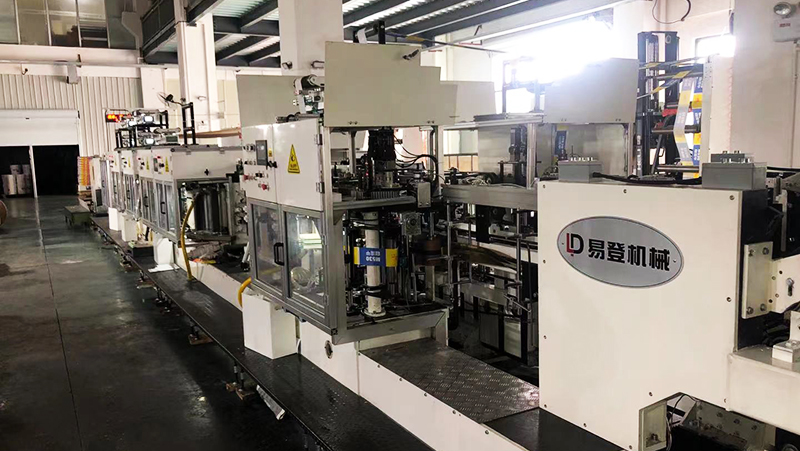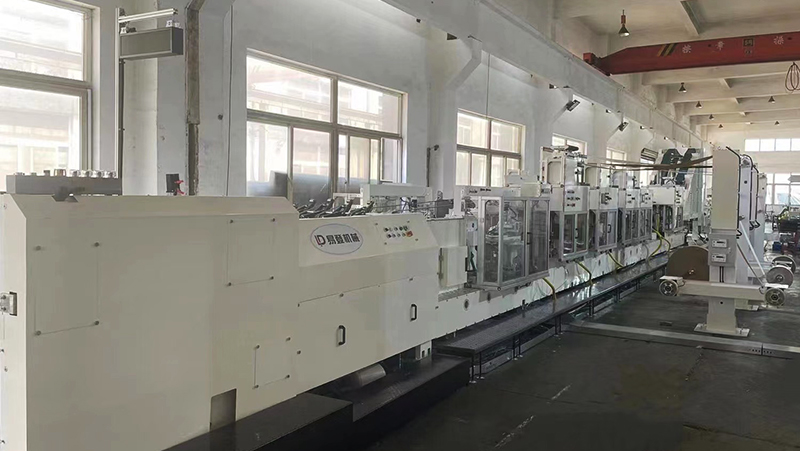A paper bag bottomer is a specialized machine used in the packaging industry to automate the process of forming and sealing the bottom of paper bags. This equipment plays a critical role in enhancing production efficiency, ensuring consistent quality, and meeting the growing demand for sustainable packaging solutions. This guide explores the functionality, benefits, and applications of paper bag bottomers in modern manufacturing.
How a Paper Bag Bottomer Works
A paper bag bottomer streamlines the final stage of bag production by precisely folding and securing the base of pre-formed paper tubes. The machine typically follows these steps:
- Feeding: Pre-glued paper tubes are fed into the machine.
- Folding: The bottom flaps are mechanically folded inward.
- Compression: Pressure is applied to ensure tight adhesion.
- Drying/Curing: Heat or air may be used to solidify the adhesive.
- Output: Finished bags are ejected for quality checks or further processing.
Advanced models incorporate sensors and programmable controls to adjust for different bag sizes, materials, and adhesive types.
Key Advantages of Using a Paper Bag Bottomer
- Increased Productivity: Automates repetitive tasks, enabling high-speed production (up to 100+ bags per minute).
- Consistency: Eliminates human error, ensuring uniform bag bottoms for reliable stacking and filling.
- Material Savings: Optimizes glue application to reduce waste.
- Versatility: Compatible with various paper grades, recycled materials, and eco-friendly adhesives.
- Scalability: Supports small-batch customization and large-scale industrial output.
Industry Applications
Paper bag bottomers are indispensable in sectors requiring durable, eco-conscious packaging, including:
- Food & Grocery: Produce bags, takeaway containers.
- Retail: Branded shopping bags, gift packaging.
- Industrial: Heavy-duty sacks for construction materials or agricultural products.
The rise of plastic-free regulations has further amplified demand for machines that streamline paper bag manufacturing.
Choosing the Right Paper Bag Bottomer
When selecting equipment, consider:
- Production Volume: Match machine speed to your output goals.
- Bag Specifications: Ensure compatibility with target sizes, weights, and materials.
- Automation Level: Opt for semi-automatic or fully integrated systems based on workflow needs.
- Maintenance: Prioritize user-friendly designs with accessible components.
- Compliance: Verify adherence to safety and sustainability standards.
Conclusion
A paper bag bottomer is a cornerstone of efficient, eco-friendly packaging production. By automating critical processes, it reduces operational costs, minimizes waste, and ensures high-quality outputs for diverse industries. Investing in this technology positions manufacturers to meet evolving market demands while supporting global sustainability initiatives.


